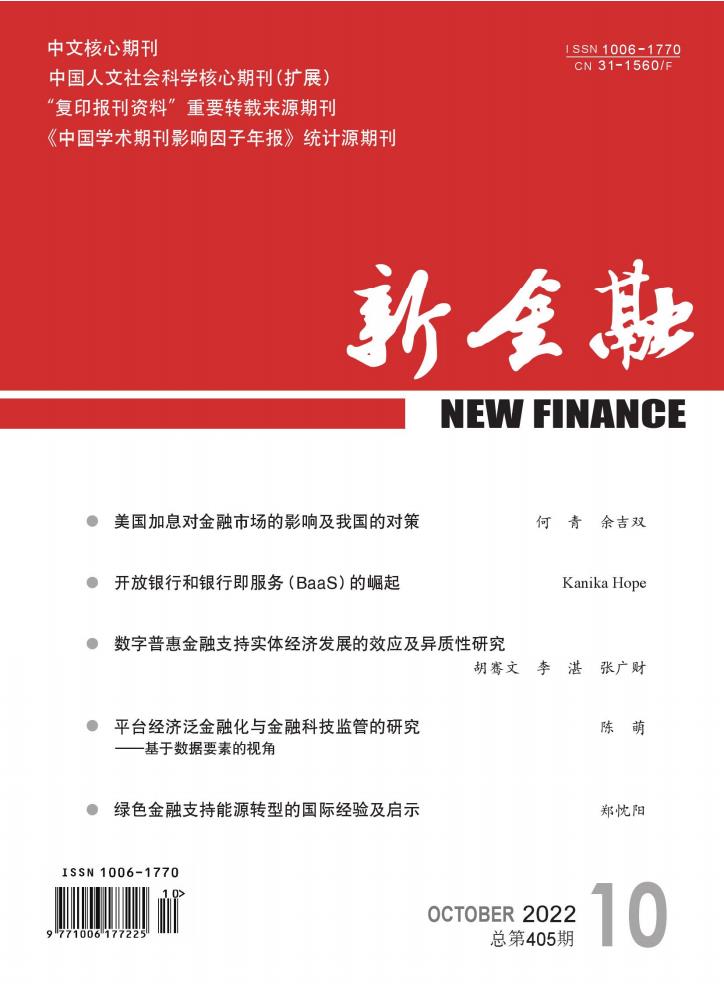關于25例小兒房間隔、室間隔缺損胸腔鏡手術麻醉處理
范從海
【摘要】 目的 探討2~10歲兒童房室缺修補胸腔鏡手術麻醉處理方法。方法 采用單腔氣管插管、靜脈復合麻醉,麻醉維持采用異丙酚3~6mg/(kg·h),持續輸注,分次給予芬太尼鎮痛,微泵輸注維庫溴銨維持肌松。術中行上下腔套帶及主動脈灌注插管時,對心率、氧飽和度、平均動脈壓、二氧化碳分壓進行觀察。結果 全組手術均獲得成功,無死亡。 結論 術中改良雙肺肺通氣、加強呼吸管理和肺保護是麻醉管理的關鍵。 【關鍵詞】 房間隔缺損;室間隔缺損;胸腔鏡手術;麻醉;小兒 Abstract: Objective To explore approaches of anesthesia management of thoracoscopic surgery for children (aged 2 to 10) suffering from atrioventricularis communis. Methods Intravenous combined anesthesia was performed by single lumen endotracheal intubation during operation in all patients. Anesthesia was maintained by continuous infusion of propofol 3-6 mg/kg·h, with fentanyl administered at times for abirritation and vecuronium bromide infused through a tiny-pump for muscle relaxation maintenance. Results There were no mortality and serious complication associated with procedures. The heart rate, oxygen saturation, mean arterial pressure and partial pressure of carbon dioxide during the operation of aortic perfusion canula were observed and two-way ANOVA was conducted. Conclusion During the video-assisted thoracoscopic surgery (VATS) for pediatric congenital cardiopathy, improved pulmonary ventilation, enhanced management of respiration and lung protection are the key factors in the anesthesia management. Key words: atrial septal defect; ventricular septal defect; thoracoscopic surgery; anesthesia; young children 胸骨正中切口心臟直視手術,具有良好的術野顯露、避免對肺的擠壓和損傷、有利于術后肺功能恢復等優點,為胸前心內直視手術的常規入路[1]。但其需要縱劈胸骨,手術切口長,出血較多,存在胸骨或縱隔感染等并發癥,特別是兒童患者常引起胸骨愈合后畸形,影響術后生活質量。近年來,電視胸腔鏡下心臟手術成為一種新的術式,同時也對其麻醉方法提出新的要求。我院小兒心臟微創外科2007年至今共完成小兒房間隔、室間隔缺損胸腔鏡手術25例,現將麻醉處理報道如下。 1 資料和方法 1.1 一般資料 男15例,女10例;年齡6~7歲,平均6.5歲;房間隔缺損10例,室間隔缺損15例;體重10~40 kg,平均(23±6)kg。 1.2 麻醉方法 均采用單腔氣管插管,靜脈復合麻醉。術前常規給藥哌替啶1 mg/kg,東莨菪堿0.01 mg/kg;麻醉誘導:不配合小兒以氯胺酮5~7 mg/kg肌內注射,入室時行咪唑安定0.1 mg/kg,芬太尼5 μg/kg,維庫溴銨0.1 mg/kg,麻醉維持。異丙酚3~6 mg/kg,持續輸注,維庫溴銨微泵輸入維持肌松。 1.3 監測指標 入室后常規行橈動脈穿刺連續測血壓(BP),行右側頸內靜脈置管測中心靜脈壓(CVP),五導聯常規心電圖和動脈血氧飽和度(SaO2)監測。定時測血氣以利于調整呼吸。 1.4 統計學處理 采用配伍組的方差分析。檢驗水準:α=0.05。 2 結 果 所有患者均順利完成手術,術中平均動脈壓(MAP)、心率(HR)平穩,平均手術時間為30 min。術中行上下腔套帶及主動脈灌注插管時有1例SaO2下降至90%,經停止手術操作,手控呼吸2 min后上升至100%,術畢患兒在1~2 h清醒,HR、MAP與術前相比無明顯變化,HR測分、MAP (mmHg)、PaCO2、 在上下腔套帶及主動脈灌注插管時較術前升高明顯(P<0.05)。具體情況見表1。表1 25例患兒不同指標4個測分點分值比較 與術前相比:*P <0.05 3 討 論 電視輔助胸腔鏡手術(video-assisted thoracoscopic surgery,VATS)是近年來發展的胸部微創手術,與傳統的開胸手術相比,具有損傷小,失血少,手術疼痛輕,術后恢復快的特點[2],但在麻醉及管理方面有一定的特殊性[3]。 此類手術一般病情較輕,心臟功能大致正常,病變簡單,只要手術成功,患兒均可完全康復,故麻醉不宜過深;同時可不開胸,操作在胸腔中進行,因此胸腔鏡心臟手術麻醉處理呼吸管理是重點[4]。
[2] Soni AK, Conacher ID, Waller DA, et al. Video-assisted thoracoscopic placemeat of paravertebral catheters: a technique for postoperative analgesia for bilateral thoracoscopic surgery [J]. Br J Anaesth, 1994, 72(4):462-464.
[3] 謝 榮.麻醉學[M].北京:人民衛生出版社,1994:539.
[4] 韋 華,鄧勁松,張 瑛,等.電視胸腔下小兒室缺矯治術的麻醉管理[J ].中國心血管病研究雜志,2006,4(1):42-44.






